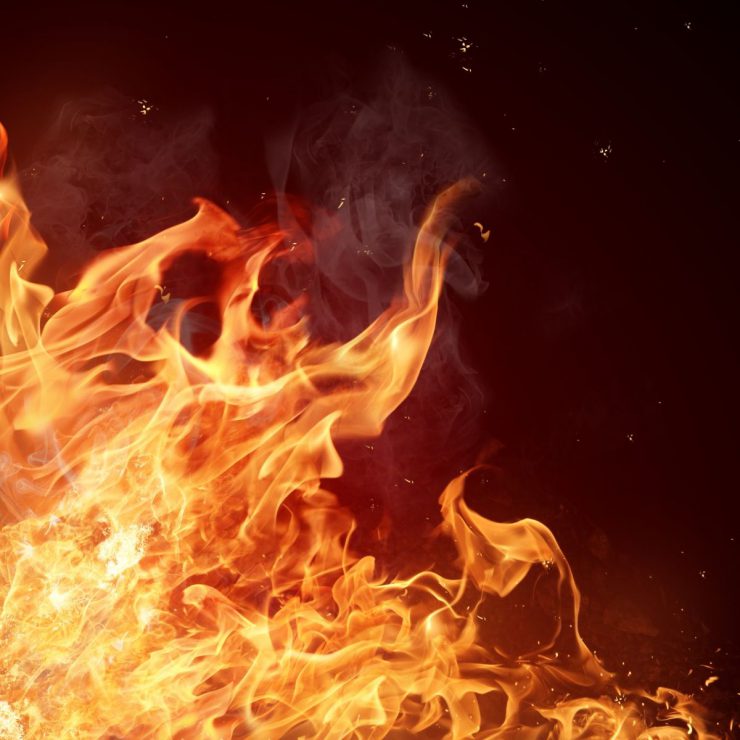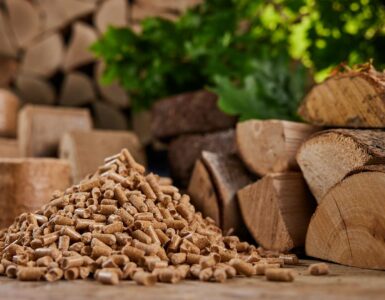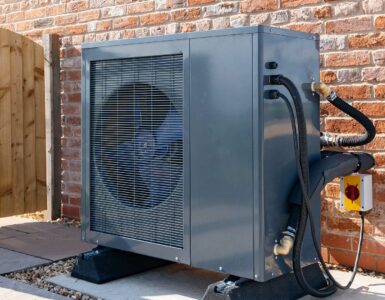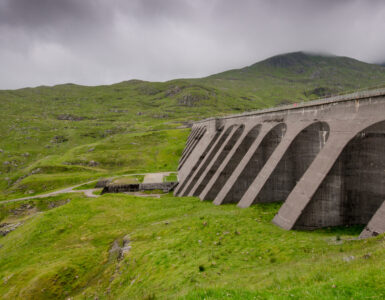Coal, oil and gas can be used as primary sources of energy, as well as transformed into electrical energy, which is a secondary source of energy.
The transformation of these fossil fuels, as well as nuclear, geothermal and waste energy generation, happens in thermal power stations.
HOW IT WORKS
The video below shows a standard thermal power station.
- Fuel such as biomass, coal, oil and gas are fed into a boiler.
- The boiler heats the fuel in extremely high temperatures.
- The heat energy produced from burning these fuels is used to heat the water found in the squiggly pipe.
- This water reaches boiling point and turns to steam, where it rises and travels through to the steam turbine.
- The turbine spins due to the pressure of the steam turning fan-like blades. The steam must flow into the turbine at a high pressure to be able to turn the blades.
- As the turbine starts to spin, the heat energy from the steam transforms to kinetic energy as the turbines spin.
- This kinetic energy turns the generator, which generates electricity.
- The steam is cooled in the condenser, turning back to water, where it’s sprayed into the cooling tower and recycled for use in the boiler
A generator works by electromagnetism. British chemist, Michael Faraday, discovered in 1831, that when a loop of metal spins in the magnetic field between the poles of a magnet, an electric current is produced.
LOSING ENERGY
Thermal power stations can be quite inefficient, meaning the electrical energy at the end of the process is less than the amount of electrical energy that could be produced from the original fuel; energy is lost along each stage of the process. This energy is usually lost as heat energy.
Because of this, scientists and researchers are looking into new ways of not wasting this heat energy.
RECYCLING WATER AND HEAT
While conventional thermal power stations only generate around 30-40% of the energy they could, there are some types of thermal power station, which generate around 50%.
The efficiency of a gas turbine can be improved with the addition of a steam turbine, increasing the electrical output from the same amount of fuel.
This is known as a combined cycle gas turbine system.
The combustion (or burning) of the gas directly turns the blades of a gas turbine but there is enough leftover heat in the exhaust gases to drive a steam turbine.












